TOP DANCE STYLES
Popular Types of Dance
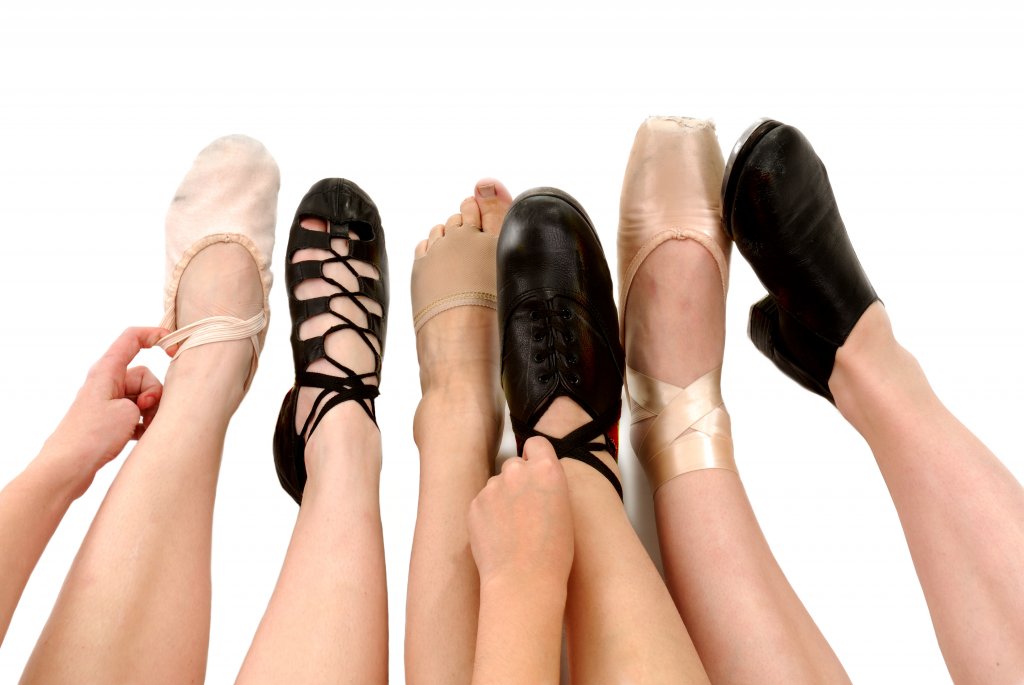
Dance has been a part of human culture since the very earliest communities and civilisations, with recorded evidence of dancing being found dating back to 30,000 years ago.
Since then, different dances have changed, merged and evolved into what we know today as the most well-known dance genres.
Here is a list of the most popular types of dance:
1. Ballet
2. Ballroom
3. Contemporary
4. Hip Hop
5. Jazz
6. Tap Dance
7. Folk Dance
8. Irish Dance
9. Modern Dance
10. Swing Dance
Top Dance Genres
1. Ballet
Ballet dance developed during the Italian Renaissance, before evolving in France and Russia into a concert dance meant for public performance. This is in the form of a ballet, in which the dance is choreographed with classical music.
Ballet productions vary between using elaborate costumes and staging and using minimal costuming and bare staging.
Ballet is now a widespread, highly technical form of dance with many subgenres including classic, romantic, neoclassical and contemporary.
With six core recognised methods: the Cecchetti method, the Bournoville method, the Vaganova method, the French School, the Royal Academy of Dance method and the Balanchine method, ballet is studied professionally at top dance schools all over the world.
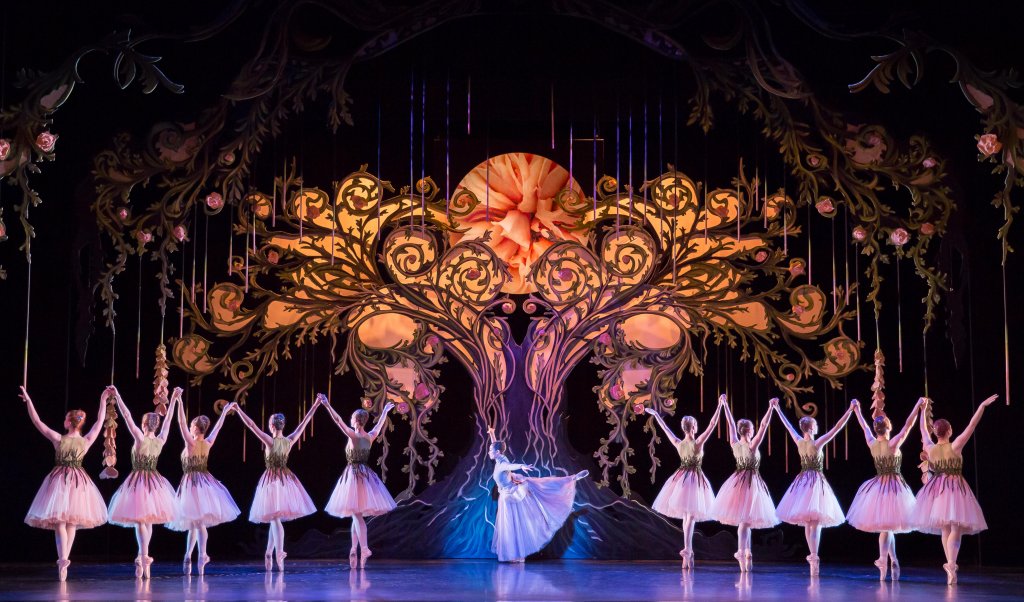
2. Ballroom
Ballroom dance is a type of partner dance originating at the end of the sixteenth century in France. Commonly used as shorthand for any partner dance, ballroom has today evolved into two main subgenres – standard/smooth and Latin/rhythm.
Dances within these categories include the waltz, tango and foxtrot, and pasodoble, bolero and samba.
Ballroom is a popular form of competitive dance, or dancesport, with competitions being held all over the world.
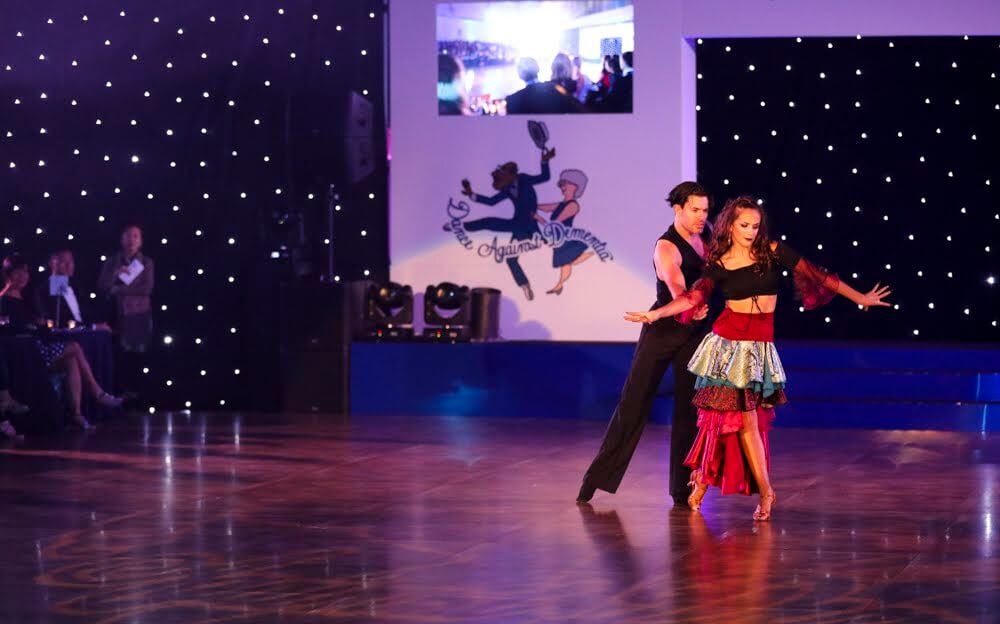
3. Contemporary
Developed during the mid-twentieth century, contemporary dance is now one of the most popular and technical forms of dance studied and performed professionally, especially in the US and Europe.
Drawing on classical, modern and jazz dance styles, contemporary dance has evolved to incorporate many characteristics of a broader range of dance forms.
Known for its emphasis on strong torso and legwork, contract and release, fall and recovery and floor work, it is often known for unpredictable and disordered changes in speed and rhythm throughout a performance.
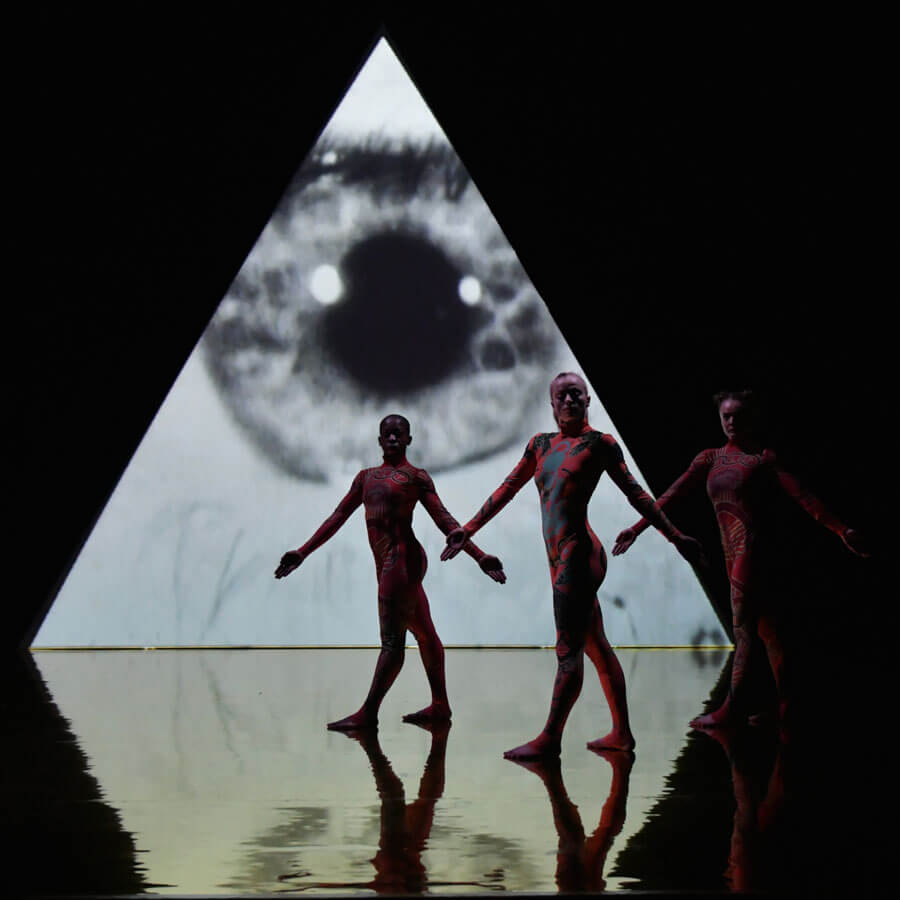
4. Hip-Hop
Hip-hop dancing refers to a range of street dances that developed in relation to hip hop music and culture. Hip-hop dancing dates back to the early 1970s in New York and California, evolving out of Funk and the development of break beat.
Main styles of hip-hop dancing include Breaking, Locking and Popping, with derivative styles emerging out of these including Memphis Jookin’, Turfing, Jerkin’ and Krumping. These were often popularised and made mainstream after being featured in music videos of the time.
Today, hip-hop is performed in outdoor spaces, in dance studios and competitively.
Unlike many competitive dance styles, hip-hop is often improvisational with dance crews challenging each other to dance battles.
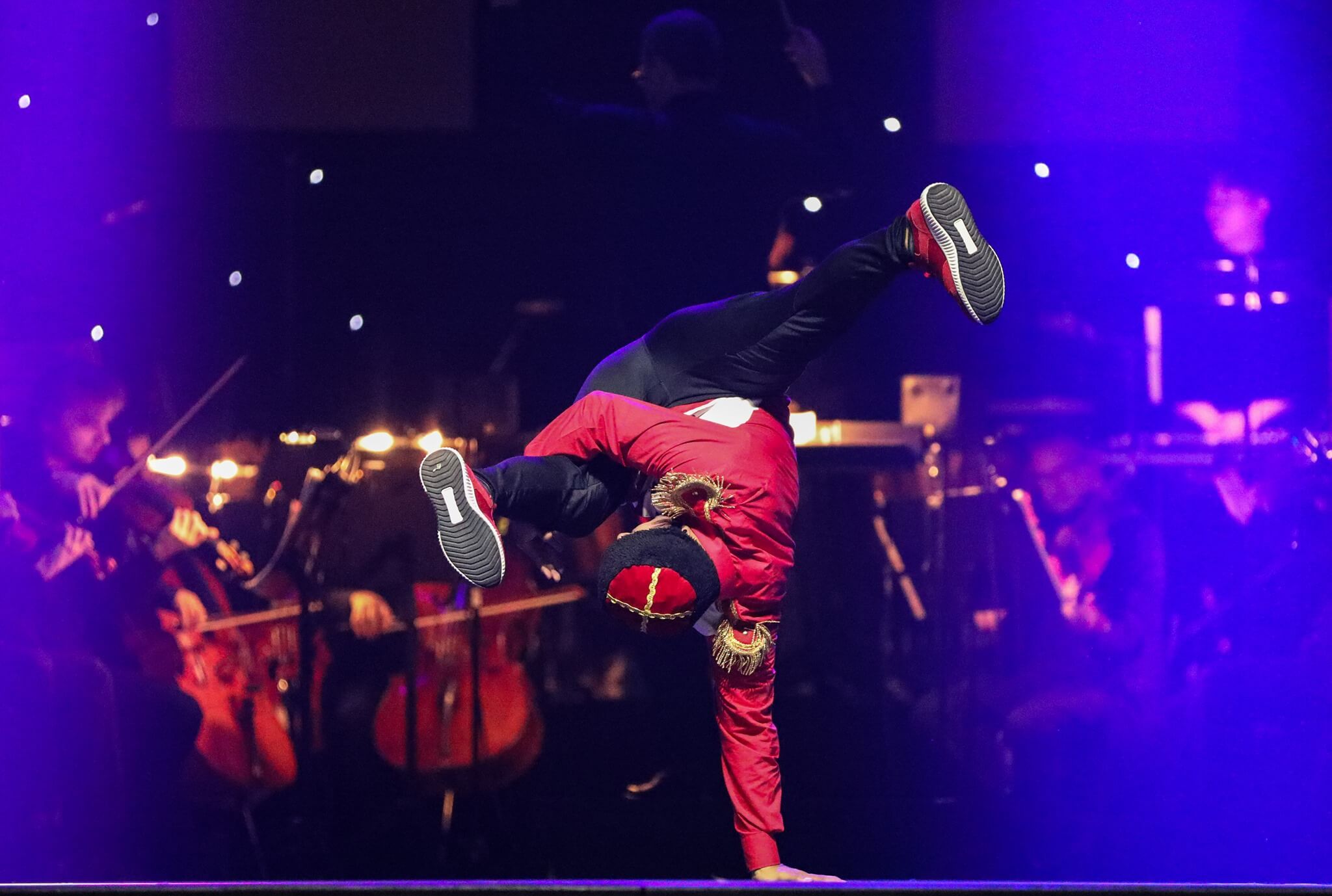
5. Jazz
Jazz dancing has its roots in seventeenth-century African traditions, brought to the Americas via the Atlantic slave trade as slaves continued dancing traditions in Brazil, the US and elsewhere on the continents.
Known for its improvisational and dramatic body movements, the jazz dancing grew in popularity in early twentieth-century jazz clubs.
Today, jazz dancing builds on African American vernacular dance styles that emerged along with Jazz music in the US. Swing, the Lindy Hop, the Shimmy and the Charleston are popular kinds of jazz dances.
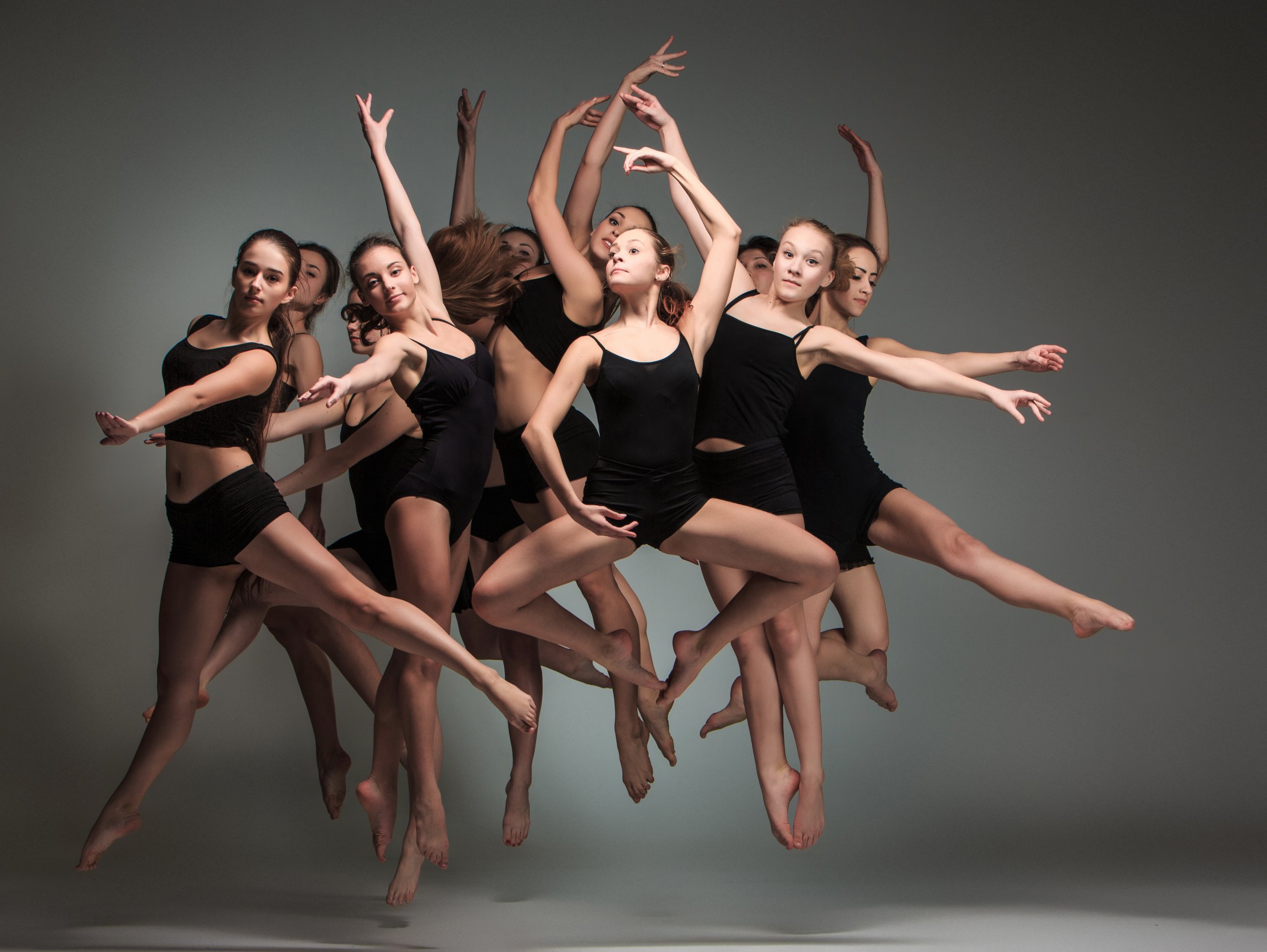
Jazz Dance
6. Tap Dancing
Tap dancing is a type of percussive dance characterised by the “tap” of shoes hitting the floor as the person dances. Tap dancers often wear metal “taps” on the heel and toe of a shoe to accentuate the sound.
Often performed as part of musical theatre, tap dancing often focuses on choreography and formations, with more than one tap dancer performing at once.
Tap dancing characterises a range of dances including flamenco, rhythm, classical, broadway and postmodern tap.

7. Folk Dance
Folk dancing is celebrated worldwide with people of different cultures and religions using various forms of folk dance to portray emotions, stories, historical events or even aspects of daily life.
Some well known types of folk dance include: Bharatanatyam (India), Samba (Brazil), Flamenco (Spain) and Hula (Hawaii). Some cultures may even perform multiple variations of folk dances, with countries like South Korea performing individual dances for key events such as victories in war, farming, music and religion.
Folk dances are commonly held at public events, where people can participate regardless of whether they are professional or complete beginners. Such dances are also accompanied by traditional music to further enhance the cultural experience.

Folk Dance
8. Irish Dance
Originating in Ireland, this form of traditional dance has been popular for hundreds of years amongst Irish people and other countries worldwide. Popularised by shows such as Riverdance, Irish dancing is famously known for its fabulous display of footwork and dance formations.
Most Irish dancing events are traditionally accompanied by signing and music. During festivals, dances are held to showcase talent and to compete for trophies or medals.
Whilst most people may recognise Irish dancing as being a group performance, there are many well-known forms of solo Irish dances, such as the stepdance.
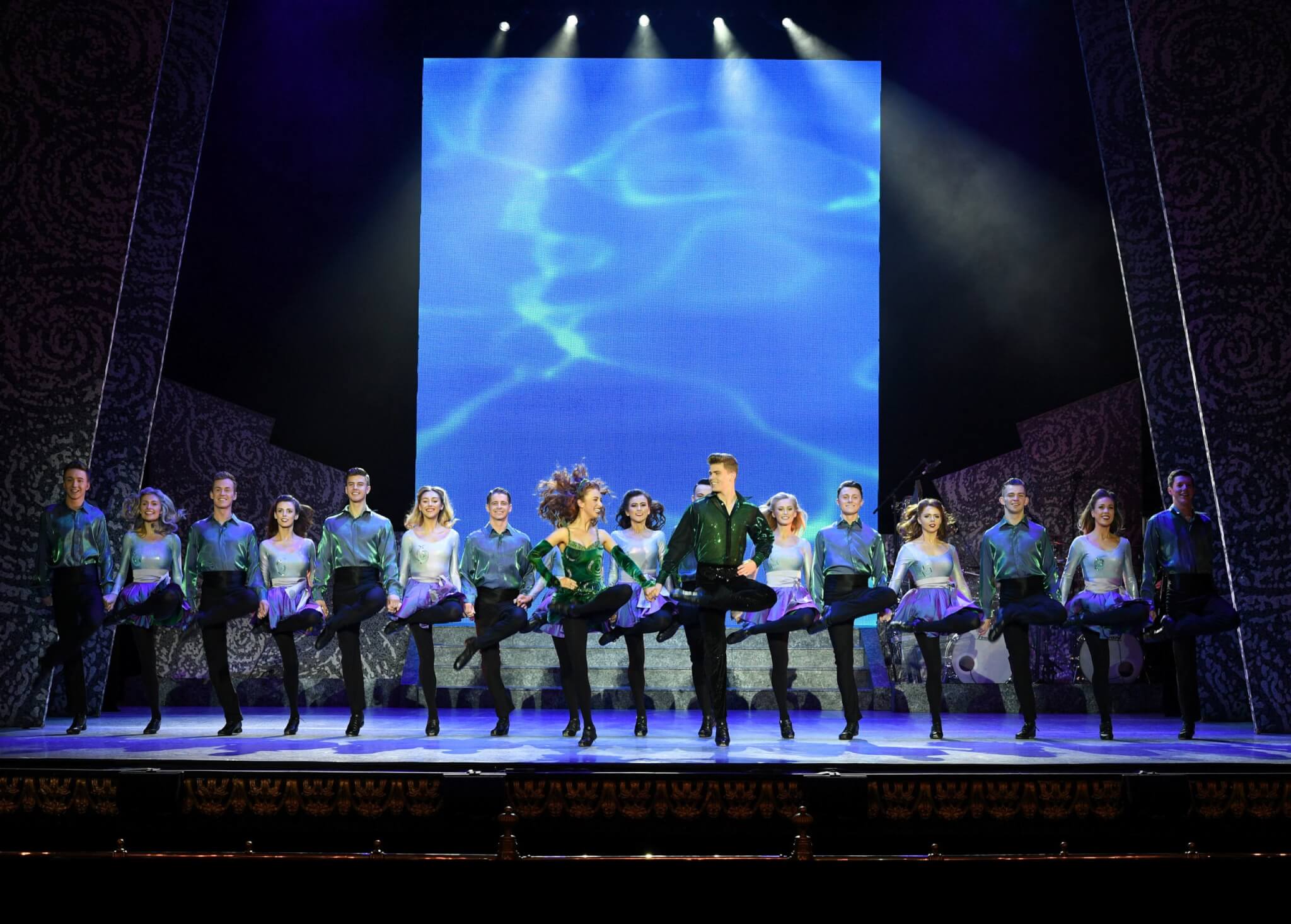
Riverdance on Harlequin Cascade
9. Modern Dance
Considered as being a broad genre of dance, modern dance primarily arose from western countries such as the USA and Germany during the late 1900s. While most forms of dance are structured and feature set steps, the purpose of modern dance is to rely on the dancer’s interpretation of the music and feeling to guide movements.
Modern dance was initially born out of dislike for the limitations of traditional dances such as ballet, which often oppressed dancers with rigid rules and techniques.
Currently, modern dance is enjoyed across the world with participants having the ability to practice ballet dancing without having to place strict focus on their techniques or turnout. Instead, dancers can choose a piece of music and use unconventional movements to convey emotions or to tell a meaningful story.
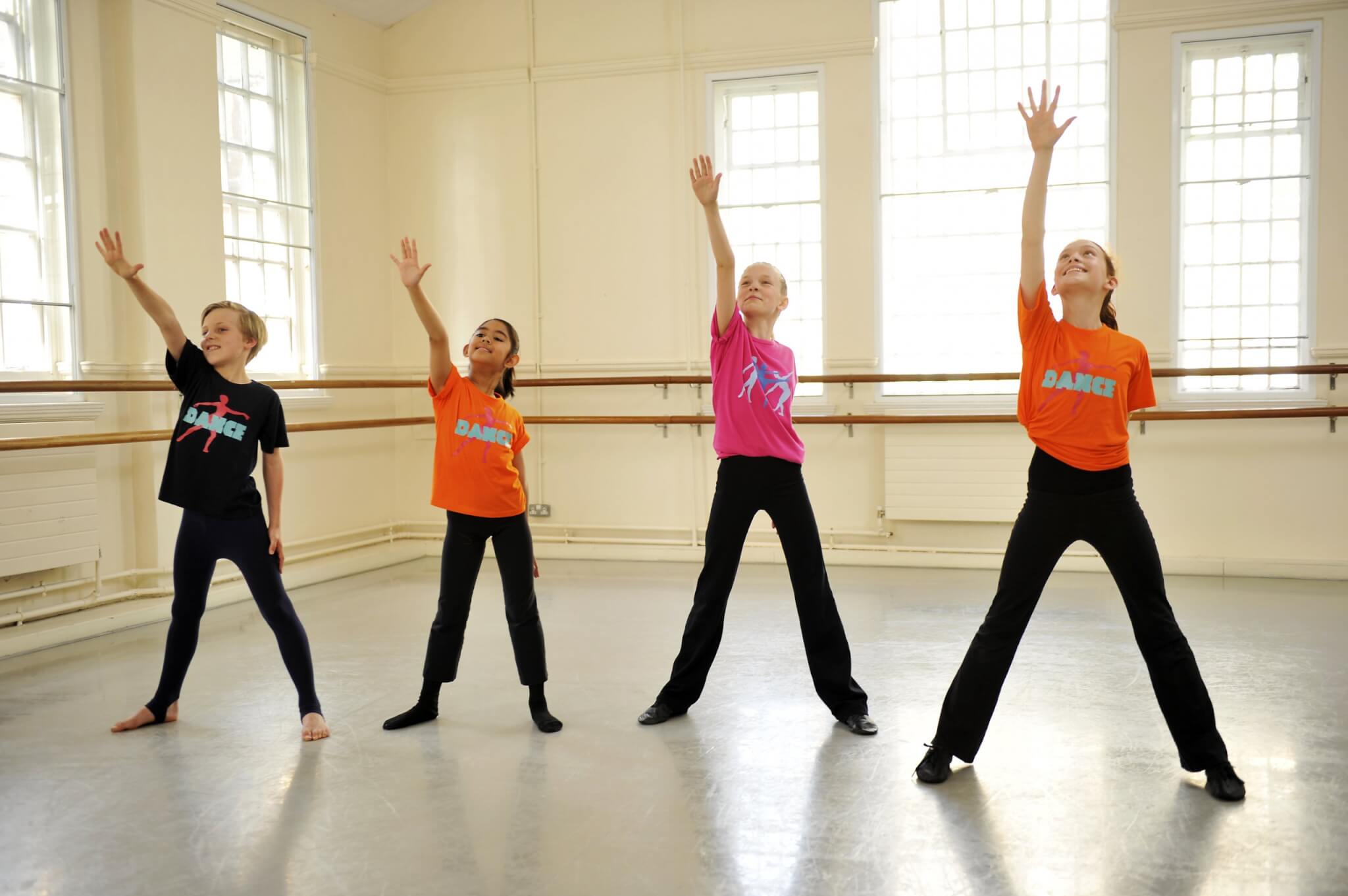
Royal Academy of Dance on Harlequin Cascade
10. Swing
Swing is a variation of jazz dance which developed between the 1920s to the 1940s as a response to the growing popularity of swing jazz in America. With the evolution of music that occurred during the Jazz era, dance also began to change with the likes of swing music encouraging faster, more rigorous movements.
Popular forms of swing dance include the Lindy Charleston, the Jitterbug, Lindy Hop and the Balboa, many of which are still performed today. Swing dancing would commonly be accompanied by Big Band musicians who often played upbeat melodies which were smooth and easy to listen.
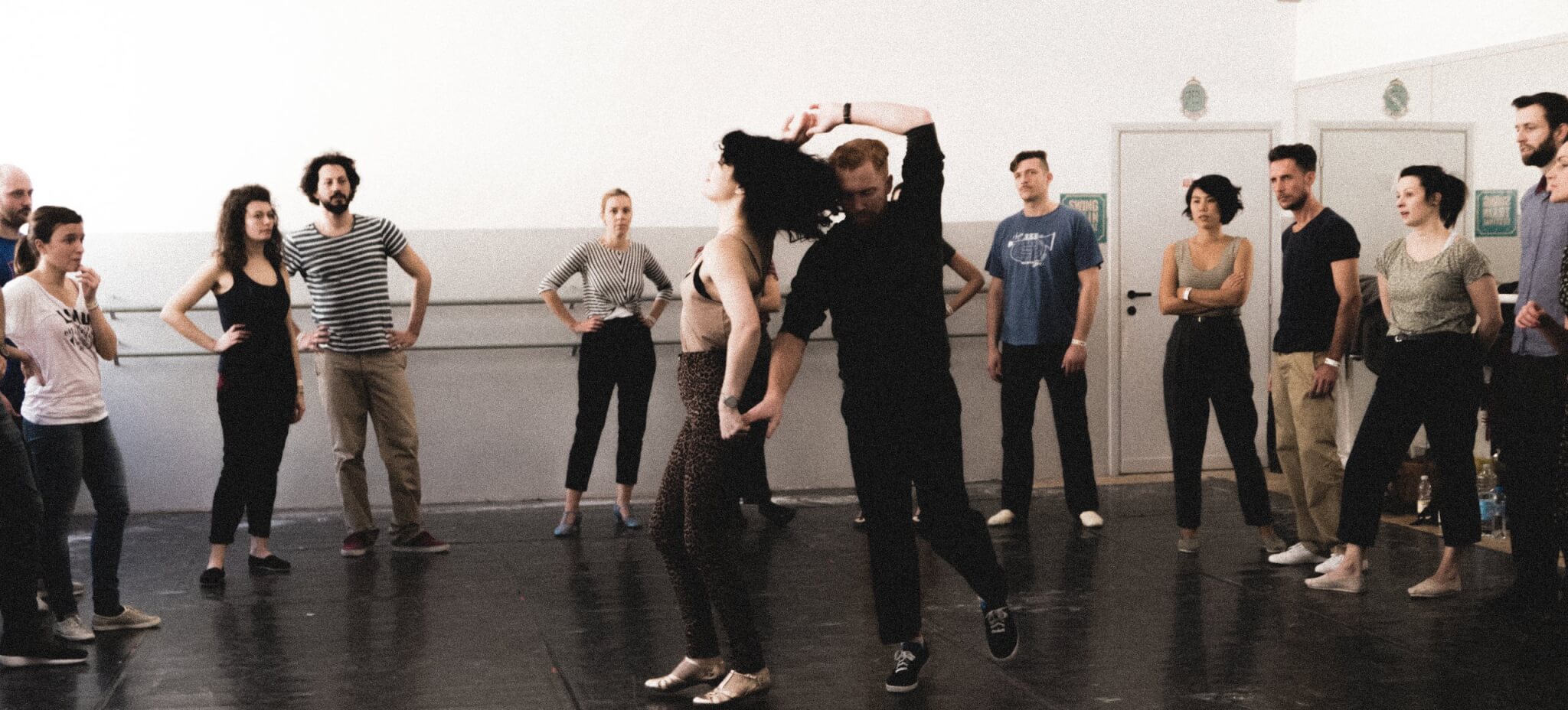
Swing Dance
Comments
Post a Comment